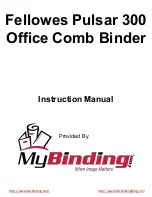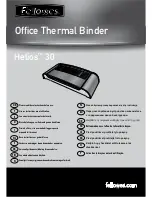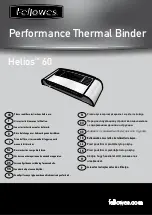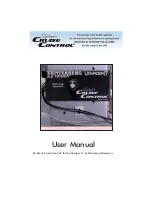Reviews:
No comments
Related manuals for tipmatic 6112

ES9455 MFP
Brand: Oki Pages: 50

Pulsar E 300
Brand: Fellowes Pages: 7

Helios 30
Brand: Fellowes Pages: 8

Helios 60
Brand: Fellowes Pages: 8

81300A
Brand: UnionSpecial Pages: 40

FJ-350
Brand: Omron Pages: 6

BAIARDO
Brand: Wilson Electronics Pages: 20

MF 4640
Brand: Sagem Pages: 104

Clarke Encore L26 Cylindrical
Brand: Alto Pages: 32

L-392
Brand: Janome Pages: 43

FURY 1500DCP
Brand: Pacific Pages: 8

LS2-190
Brand: Mitsubishi Pages: 32

Genie 353
Brand: Singer Pages: 56

GO-5000M-PGE-1
Brand: JAI Pages: 86

9082317010
Brand: Nilfisk-Advance Pages: 39

Quilter's Cruise Control Voyager 17
Brand: Hinterberg Design Pages: 3

AMS-215D
Brand: JUKI Pages: 108

2691D200G
Brand: Singer Pages: 54

















